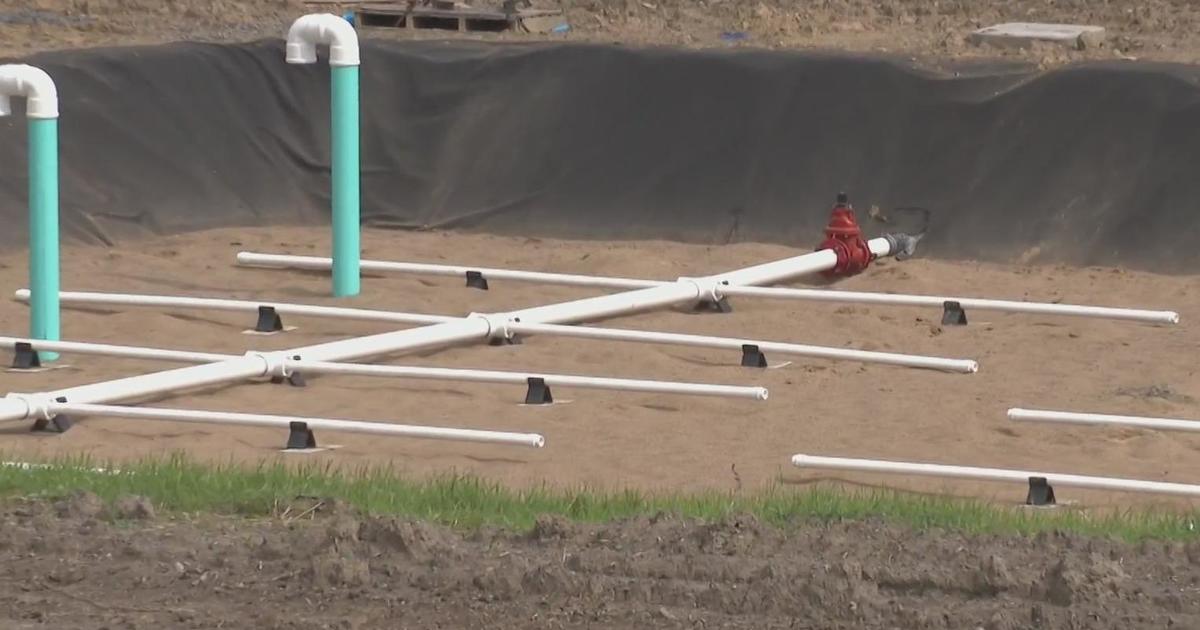New Bronchial Thermoplasty Treatment Showing Promise For Asthma Patients
PITTSBURGH (KDKA) -- Jenn McBride, 38, is a wife, the busy mom of two teenagers and a cook at Moon High School. But 18 years of asthma was slowing her down, especially these last four years.
"There were days where I couldn't even get out of bed because I couldn't walk across the hall, or walk up my stairs, or down the stairs. I'd have to take a break," she says, "I was missing so much work. I was missing things with my kids."
She ended up in cycles of bronchitis and pneumonia. Every day she was using inhalers, breathing treatments, cough medicines, and she took steroids, which had side effects.
"It actually has caused cataracts in one of my eyes. It has made my bones weaker. I bruise easily," she describes.
For people like Jenn struggling with the disease and the treatments -- that's about 10 percent of all people with asthma -- something new has come along called bronchial thermoplasty.
"If we've exhausted all of our other potential options, and their asthma is debilitating them and affecting their life, they're an excellent candidate for this," says AGH allergist Dr. Deborah Gentile.
A catheter is passed through a bronchoscope, an instrument that can be passed through the throat and into the lungs. Radiofrequency energy heats the catheter to 150 degrees, and this thermal energy is applied in five millimeter increments to the deepest part of the airway all the way out.
This decreases the muscle of the airways, so that there is less contraction of the muscle. This contraction -- the bronchospasm -- can cause fits of coughing, and that's what the doctors are trying to relieve.
Ironically, a side effect of the procedure is bronchospasm for about a week.
"It basically does throw you into a really bad asthma attack," Jenn recalls.
But once that subsides, life improves in important ways: fewer doctor visits, ER visits, hospital stays and medication use.
"When you look at children, they were able to go to school, the days lost of work and school participation went down significantly," says Dr. Antonios Zikos, a pulmonologist at Allegheny General Hospital who performs the procedure.
Join The Conversation On The KDKA Facebook Page
Stay Up To Date, Follow KDKA On Twitter
The procedure is done in three parts, three weeks apart, and despite the high heat to the lung, it is tolerated well.
"These patients were followed for five years, without any ill effects, without any scarring, without any pulmonary fibrosis. And in fact, the benefits, up to five years have been present," Dr. Zikos adds.
While it is FDA approved, not all insurance companies are covering this. Cases done at AGH are covered through a grant from Highmark.
"These people are very thankful. Some of them can't walk five or 10 feet, and now they're riding their bike," says Dr. Zikos.
"I have not touched the breathing treatment, I have not been on the steroids," says Jenn. "I can go to work, I can come home, and clean my house, and cook dinner for my kids, and keep going with my day. I don't have to go to work and then be done for the day."



